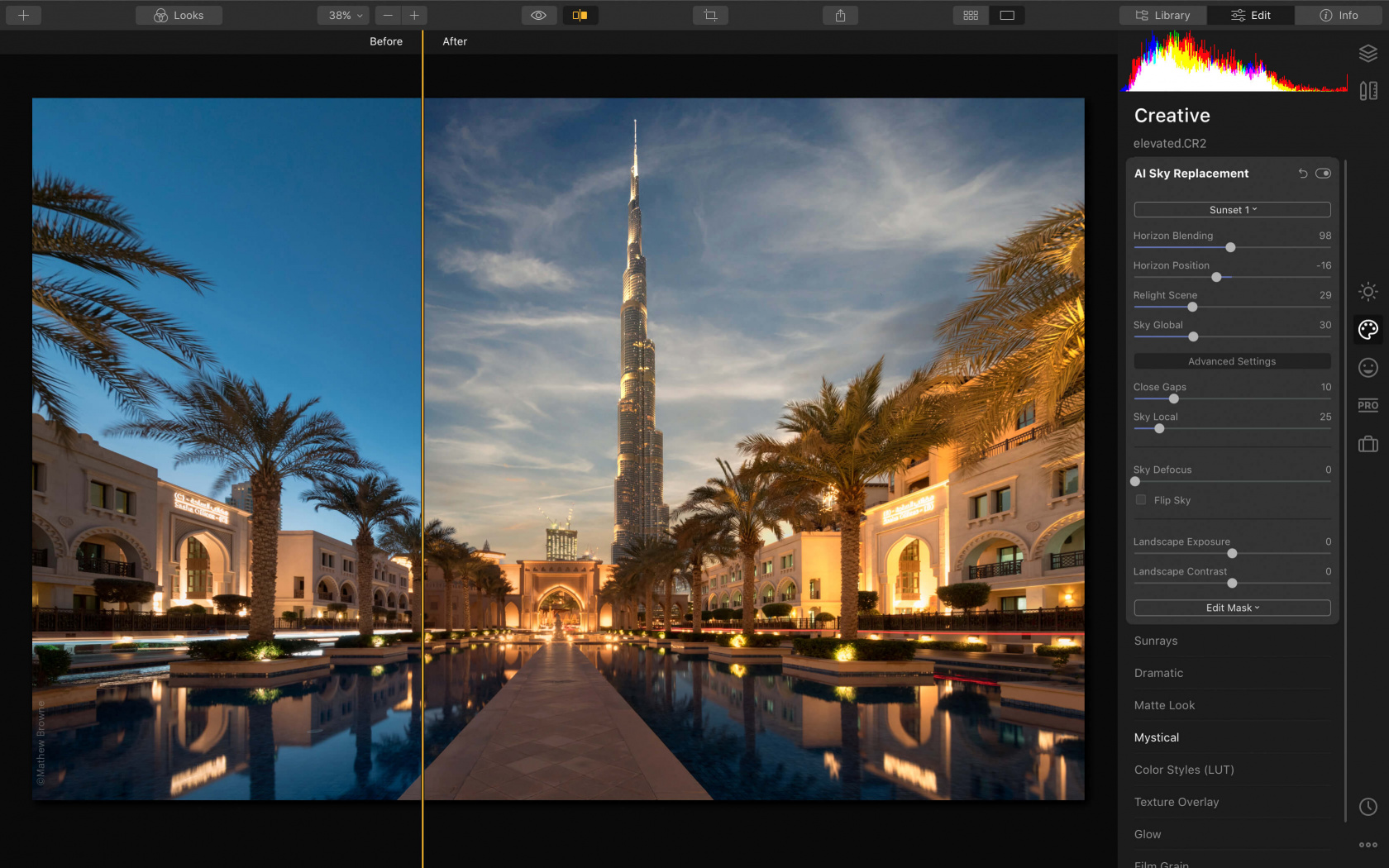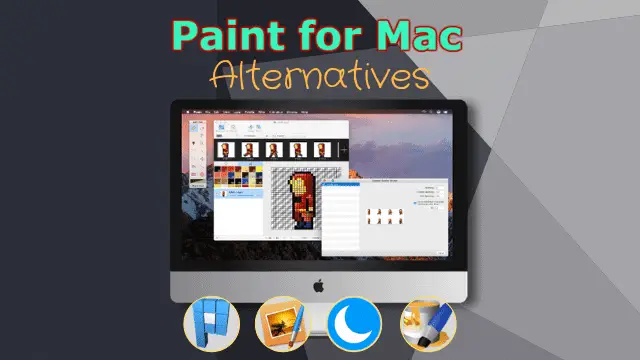

Wolfe was writing about the artistry of commercial neon sign makers and poking fun at the art world in the process.) Apple’s pieces in New York Magazine - “they’re limp … they splutter,” he wrote. One attendee was Tom Wolfe, who later panned Mr. The show’s opening had been so well attended that it caused a traffic jam. Apple was 27, they unplugged a show of his at the Pepsi Gallery, in the lobby of the Pepsi-Cola Building at Park Avenue and 59th Street, saying the pieces weren’t wired to code. Apple’s rainbows as “sensuous neon impersonations.” But city inspectors were not charmed. Apple went on to work in neon, enchanting some reviewers like Robert Pincus-Witten of Artforum magazine, who described Mr. The gallerist took orders on a grocer’s pad.

His cast bronze, half-eaten watermelon slice was one of many objects included in “The American Supermarket,” an early Pop spectacle at the Bianchini Gallery on Manhattan’s Upper East Side, where one could buy artist’s versions of real products: a painted turkey by Roy Lichtenstein, candy made by Claes Oldenburg and Campbell’s soup cans signed by Andy Warhol. Kitaj.īy 1964 he was in New York City (subletting a loft on the Bowery from the sculptor Eva Hesse) and showing his work. He was born Barrie Bates in Auckland but became Billy Apple in London after graduating, barely, from the Royal College of Art in 1962, one of a rebellious cohort that included David Hockney and R.B. The cause was esophageal cancer, said Mary Morrison, his wife and collaborator.

6 at his home in Auckland, New Zealand, at 85. Over his long, provocative career, the artist Billy Apple changed his name, registered it as a trademark, branded products with it, had his genome sequenced and, finally, arranged to have his cells extracted and stored so that they might survive forever even if he could not.


 0 kommentar(er)
0 kommentar(er)
